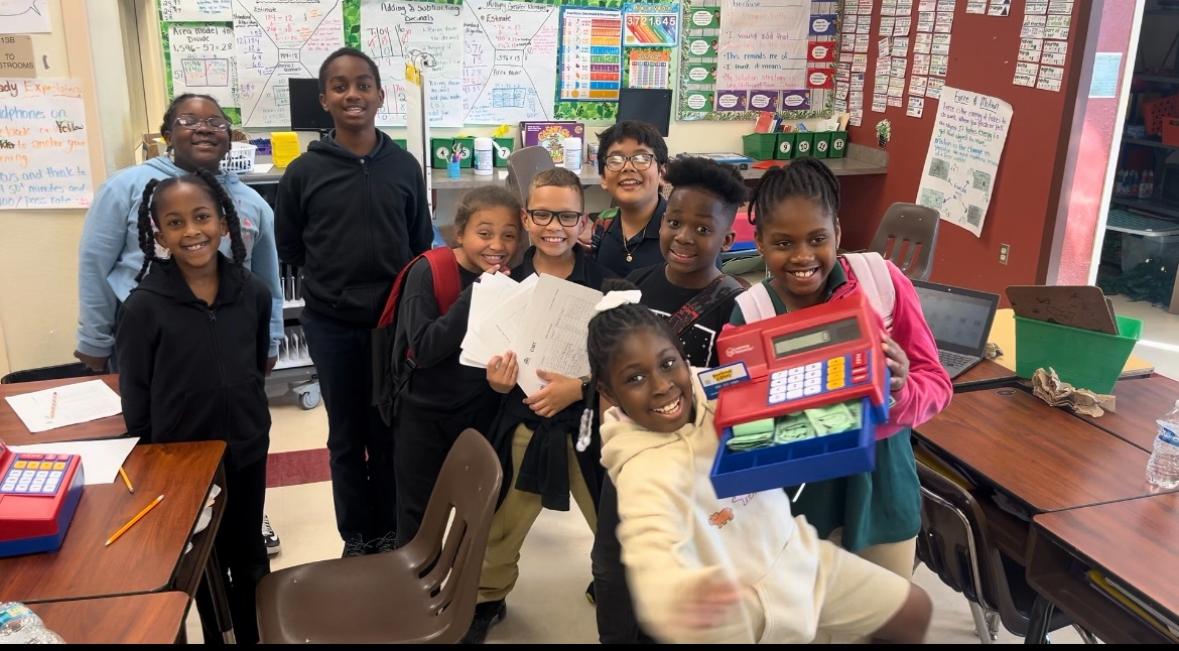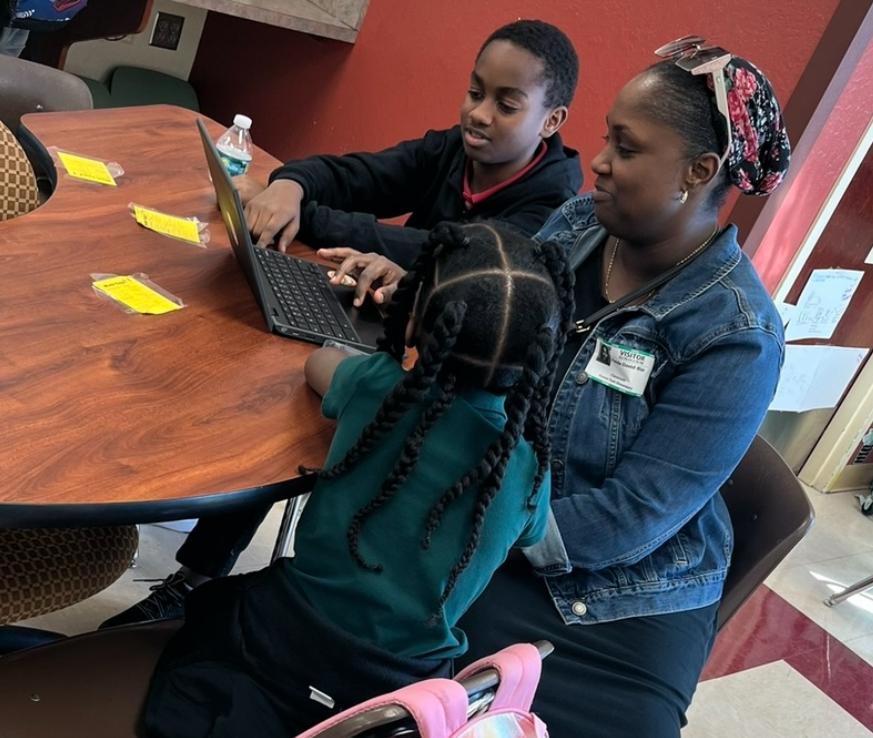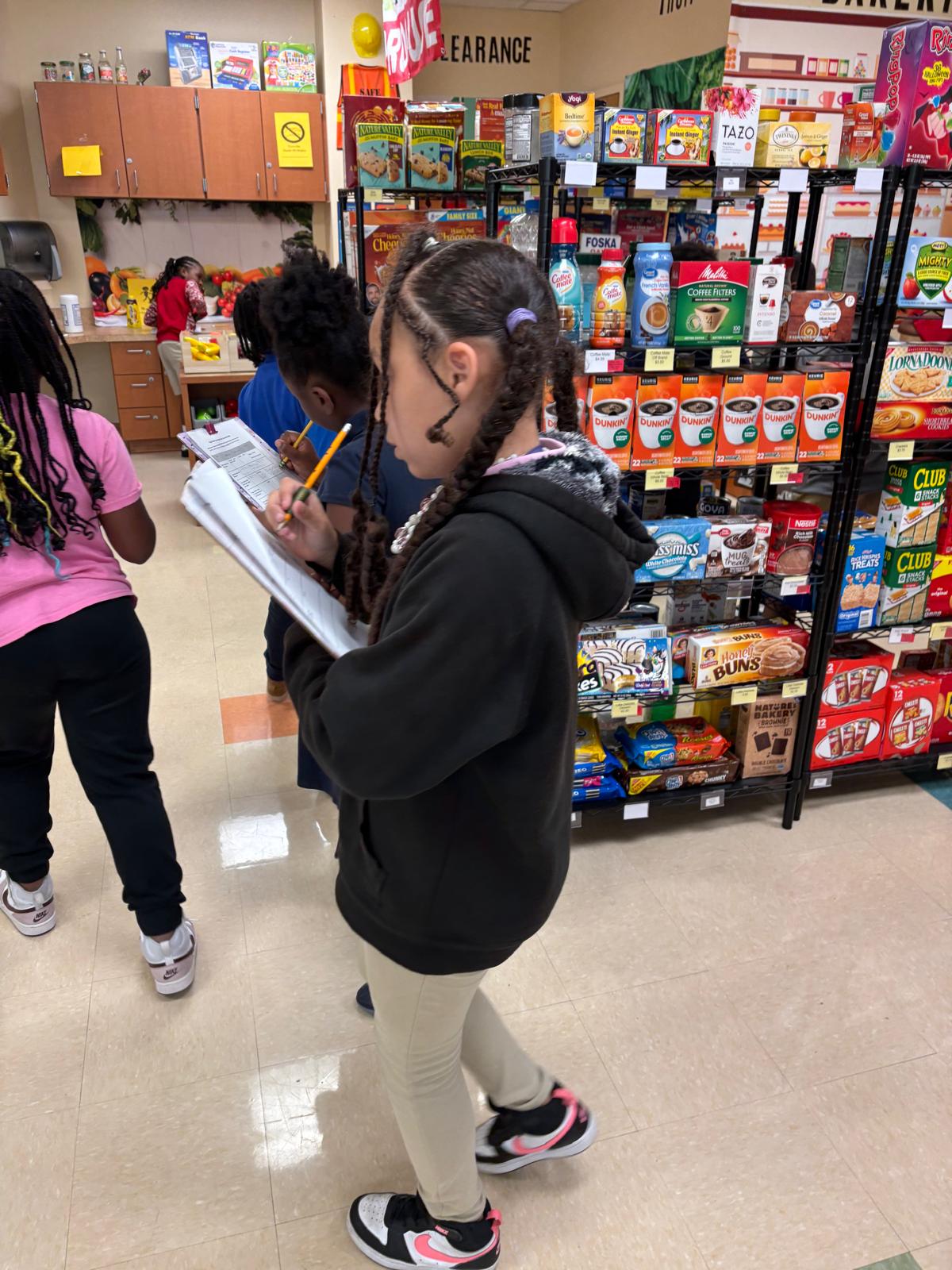Where Real Life Meets Real Learning
Loading
Where Real Life Meets Real Learning


Jerk Form Finance Really Threw Me How One 5th Grader’s Question Inspired a Week of Creativity at Our Tutoring Center Last Tuesday started like any other at our tutoring center. Backpacks were unzipped, pencils were sharpened, and the whiteboard had the day’s objectives neatly listed. I had just begun a session with a group of 5th graders when Max, one of our more curious students, looked up from his math worksheet and said: “Miss, what does jerk form finance mean?” I blinked. “Jerk form finance?” He nodded seriously and pointed to his paper. It took me a moment, but then I realized: he had misread “worksheet format” and “financial literacy” as one very creative phrase. It was such a beautifully jumbled combination of words that the entire class burst out laughing—myself included. But what came next surprised me. Instead of correcting him and moving on, I asked, “What do you think Jerk Form Finance could mean?” And just like that, the room erupted with ideas. “Maybe it’s when a villain steals everyone’s lunch money!” said Emma, already sketching a cartoon banker with sunglasses and a snarl. “No,” countered Jayden, “It’s when someone buys candy with fake money made from paper towels.” Maya chimed in, “I think it’s a game show where people have to do math, but if they get it wrong, the ‘Jerk Banker’ takes their stuff!” By the end of the session, the kids had invented a whole story around this imaginary world of "Jerk Form Finance." There was a city where numbers had feelings, a hero named Debit Dude, and an evil empire run by Sir Overdraft. Inspired, we turned it into a week-long creative project across all grades at our tutoring center. The 1st and 2nd graders made drawings of their favorite money heroes—some of them complete with glitter capes and calculator belts. The 3rd and 4th graders wrote short stories about how they’d stop financial bullies using teamwork and budgeting superpowers. Our older students even built a mock board game where players had to answer math problems to dodge the traps set by the evil "JFF" (Jerk Form Finance). What started as a simple misread became a spark for creativity, storytelling, and—believe it or not—real learning. Through their games and stories, students were practicing math, language arts, problem-solving, and even a bit of financial literacy. But most importantly, they were having fun and thinking outside the box. This is exactly what our tutoring center is about. We work with students from grades 1 through 8, helping them grow academically, but we also make space for joy, curiosity, and imagination. Because sometimes, the best learning happens when things go a little off-script. So, thank you, Max, for your honest mistake. “Jerk Form Finance” may not be in the textbooks, but it sure taught us a lot. And who knows? Maybe next week we’ll find out what “Quadrilateral Pirates of the Decimal Sea” are all about.
Read More
*How To Keep Children Safe Online in Simple* A Straightforward Guide for Parents from Our Tutoring Center At our tutoring center, we work with students from grades 1 through 8 every day. While we focus on math, reading, writing, and study skills, there's one topic that comes up more and more often—*online safety*. The internet is a big, exciting place. Kids use it for learning, games, videos, chatting with friends, and sometimes even schoolwork. But just like in the real world, kids need guidance to stay safe. That’s why we’ve put together this *simple guide* for parents: no tech jargon, no complicated steps—just clear ways to help your child stay safe online. 1. *Talk Openly and Early* Start the conversation early, even with younger kids. Ask what they like to do online. Let them know it’s okay to come to you if they ever see something confusing, scary, or uncomfortable. Keep the tone open and judgment-free. *Simple tip:* Say, “If you ever see something weird or someone asks you something that doesn’t feel right, just tell me—we’ll figure it out together.” 2. *Set Clear Rules* Children feel more secure with boundaries. Decide together how much screen time is allowed, which apps or websites they can use, and when it’s time to unplug. *Simple tip:* Make a family “tech agreement” and post it somewhere visible, like the fridge. 3. *Use Parental Controls (They're Easier Than You Think)* Most devices—phones, tablets, computers—have built-in parental controls. These tools can block inappropriate content, set time limits, and track what kids are doing online. *Simple tip:* Ask us at the tutoring center—we’re happy to walk you through setting up filters or safe search options if you need help. 4. *Teach Them the “Golden Rule” of the Internet* Would they say it to someone’s face? If not, don’t type it. Would they show it to their teacher? If not, don’t click it. Teach kindness, respect, and pause-before-you-post habits. Simple tip: Make it a game: ask them, “Would Grandma be okay with this?” If not, maybe don’t post it 5. *Keep Screens Where You Can See Them* You don’t need to hover over their shoulder, but keeping devices in shared spaces helps children stay aware that the internet is not a secret place. *Simple tip:* No phones or tablets behind closed doors, especially at night. 6. *Be Involved and Curious* Learn about the apps and games your child loves. Join in sometimes! Being involved helps build trust and keeps the lines of communication open. Simple tip: Ask them to “teach” you how to play a game or use an app. Kids love being the expert. Final Thoughts Keeping kids safe online doesn't require being a tech expert—it just takes *attention, communication, and care*. At our tutoring center, we not only support academic growth but also help build responsible digital citizens. If you ever have questions, we’re here to help. Because learning safely is just as important as learning smart. Would you like a printable version of this blog for parents or a visual handout for your tutoring center’s waiting area? I can help with that too!
Read More
Why Substance Matters More Than Show in the Tutoring We Offer In education today, it's easy to get caught up in flash. Fancy websites, colorful worksheets, digital platforms with sound effects—everything is polished and packaged. But in the heart of our tutoring center, which serves students from grades 1 through 8, we’ve learned something important: *Without content, style is just noise.* *And without intention, content becomes clutter.* That’s the idea behind this oddly titled post: From Without Content Style Without. It’s our reminder—both to ourselves and to the families we serve—that real learning doesn’t need to look impressive to be effective. Style Isn't the Goal—Understanding Is We see students every day who can tap through an app quickly, get a streak going on a quiz game, or memorize a set of vocabulary words just long enough to pass the test. But when we pause and ask them why something works—or how they got their answer—many freeze. That’s a red flag. It shows us that while the activity had *style, it lacked **depth*. In our tutoring approach, we focus on building a strong foundation. That means making sure a child understands place value before pushing multiplication. It means slowing down reading speed so we can build reading comprehension. It means putting real thought into each child’s learning style, even if it means taking longer or going simpler. We aim to go beyond the surface. Content Comes First—But It Must Be Meaningful On the other hand, “content” alone isn’t enough either. A worksheet filled with problems but no context is just as ineffective as a flashy app with no explanation. That’s why we create content that’s both *purposeful and personal*. If a 3rd grader is learning about fractions, we might cut up real fruit in a session. If a 6th grader is writing a story, we encourage them to write about their world—their pets, their neighborhood, their favorite games. By connecting content to life, it becomes meaningful. And when content becomes meaningful, learning sticks. What Makes Tutoring Work Tutoring isn’t about drilling or rushing. It’s about seeing the child in front of us—not as a number, not as a grade level, but as a learner with strengths, struggles, and unlimited potential. So at our center, we keep things simple: * *We focus on clarity over flash.* * *We use style to support, not distract.* * *We make sure content is clear, personal, and rooted in understanding.* In short: *we teach from the inside out*. If you’re a parent looking for support that goes deeper than homework help, that values who your child is and how they learn, we’re here. Because real growth comes not from what's seen, but from what’s built—quietly, carefully, and with purpose. That’s what From Without Content Style Without really means to us. Would you like a version of this tailored for your center’s brochure or social media? I can help simplify or adapt the language further if needed.
Read More